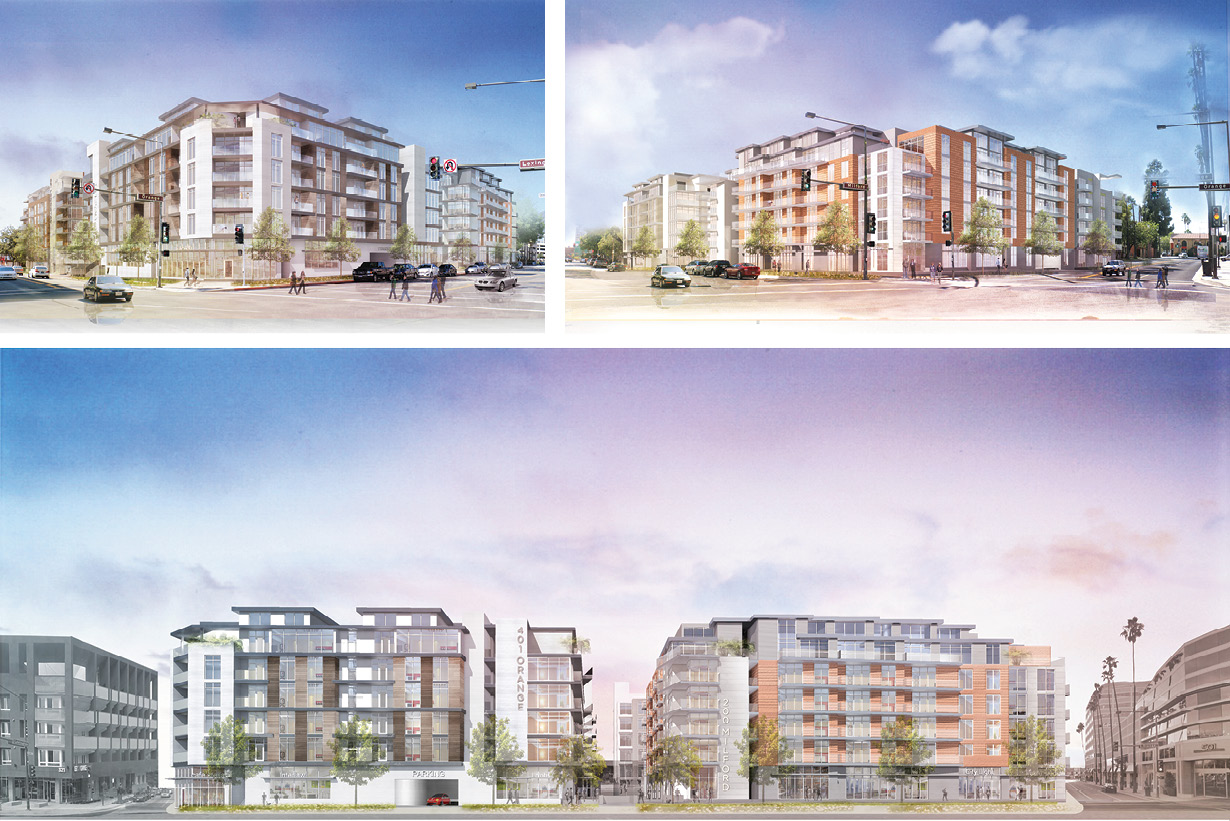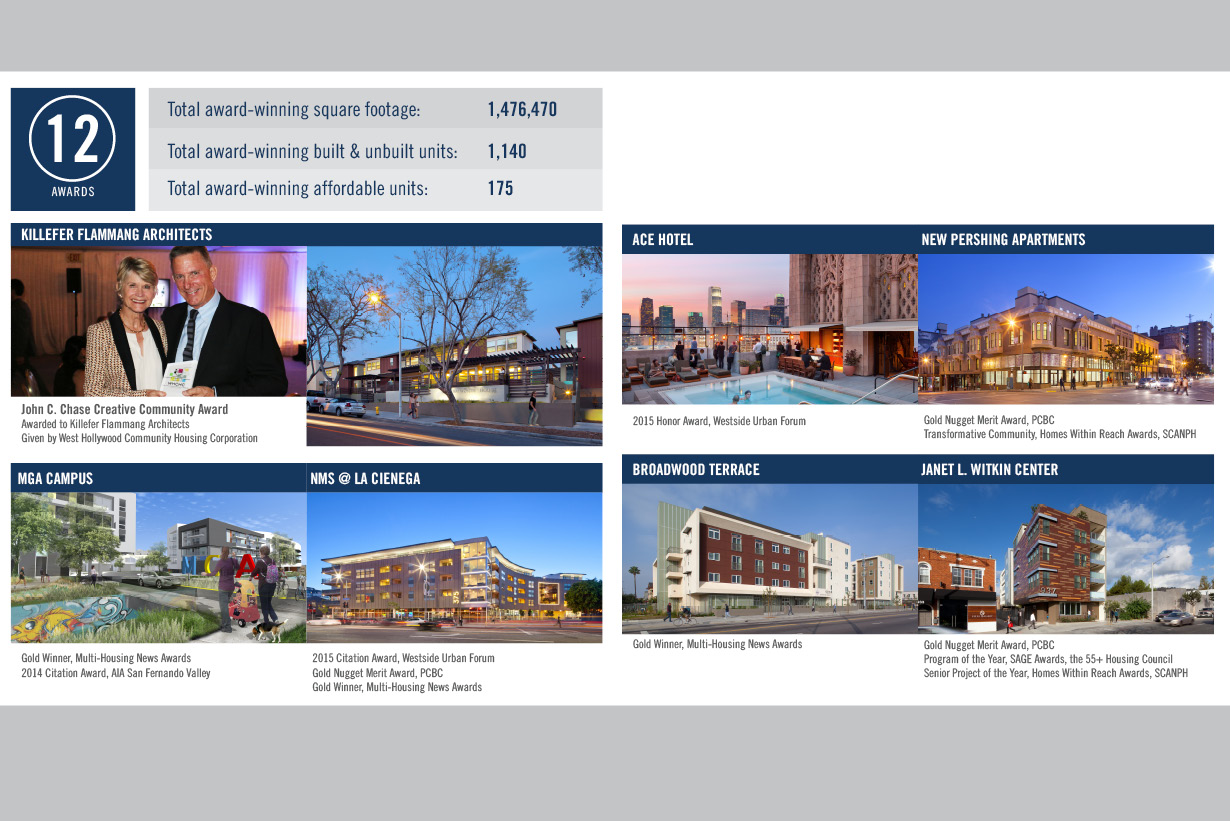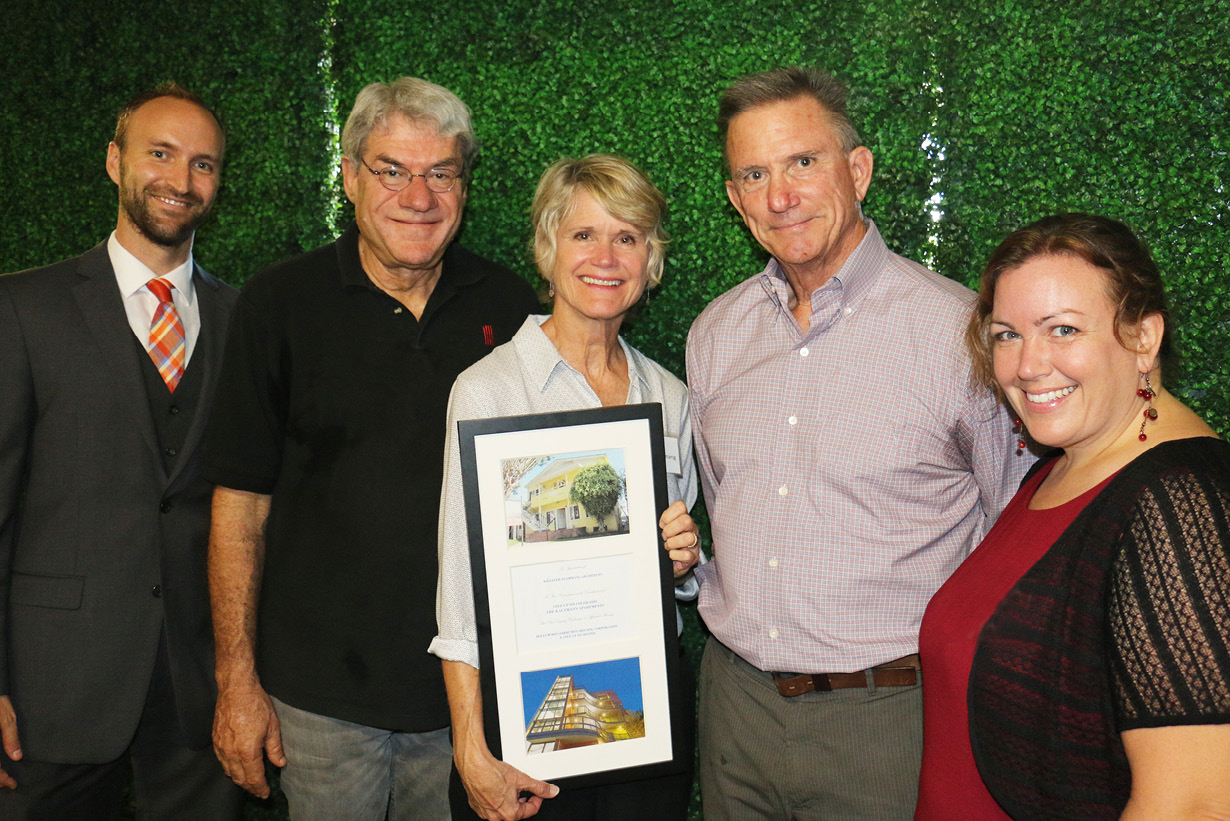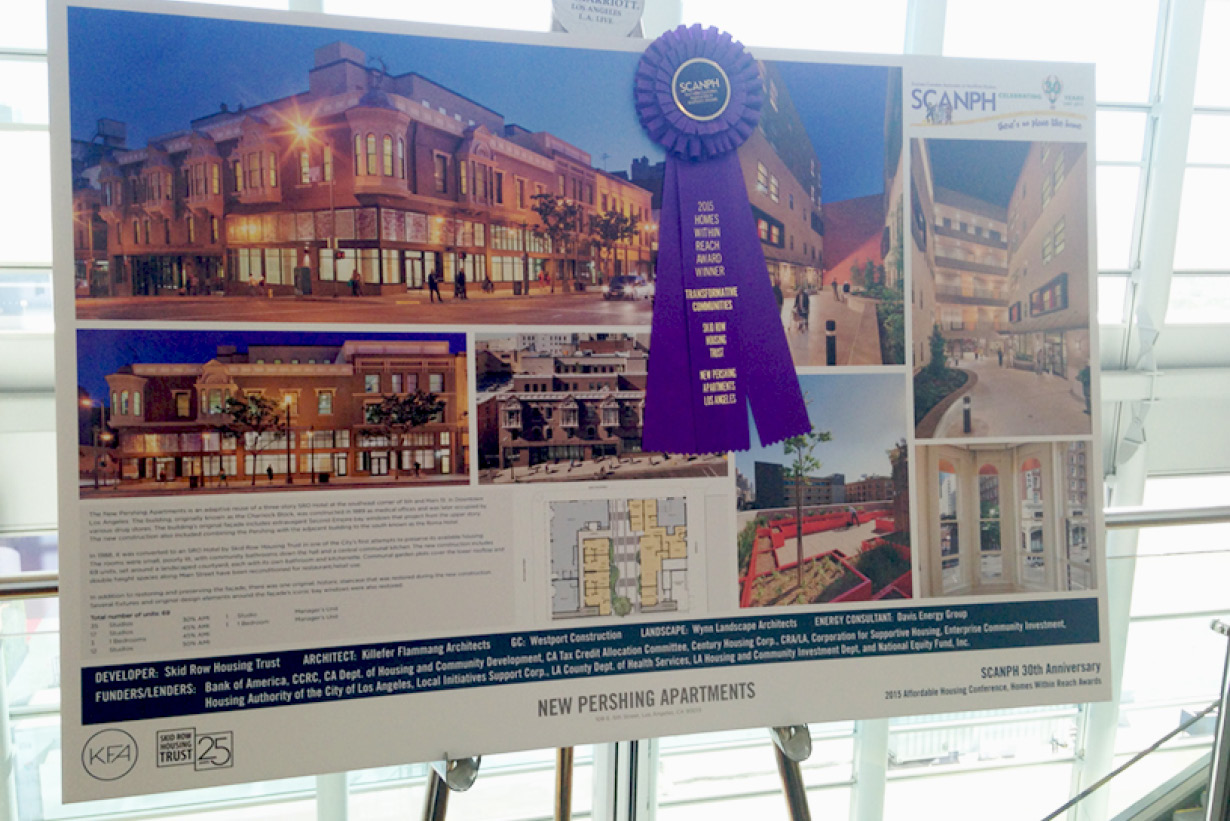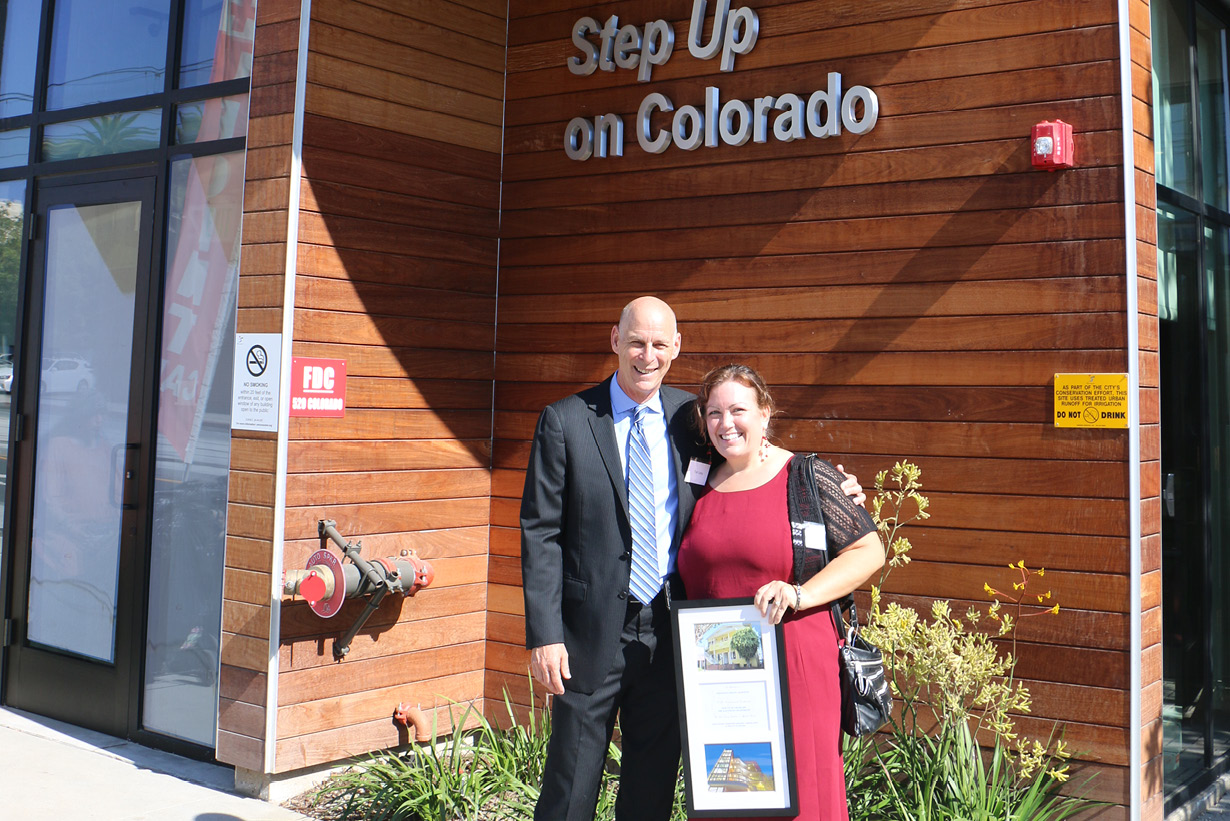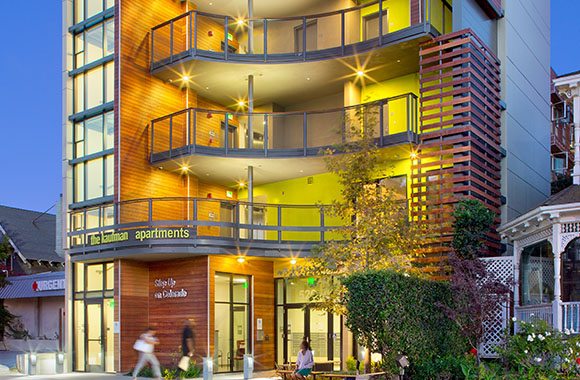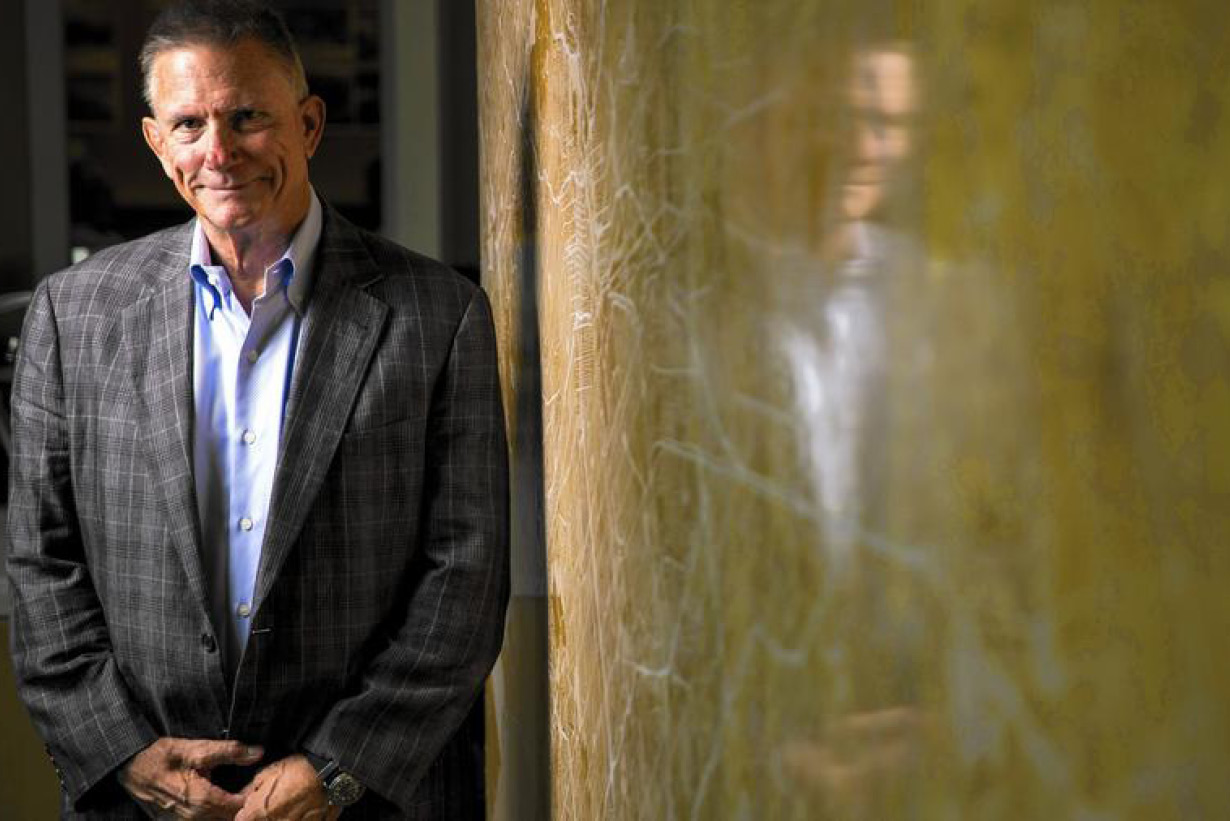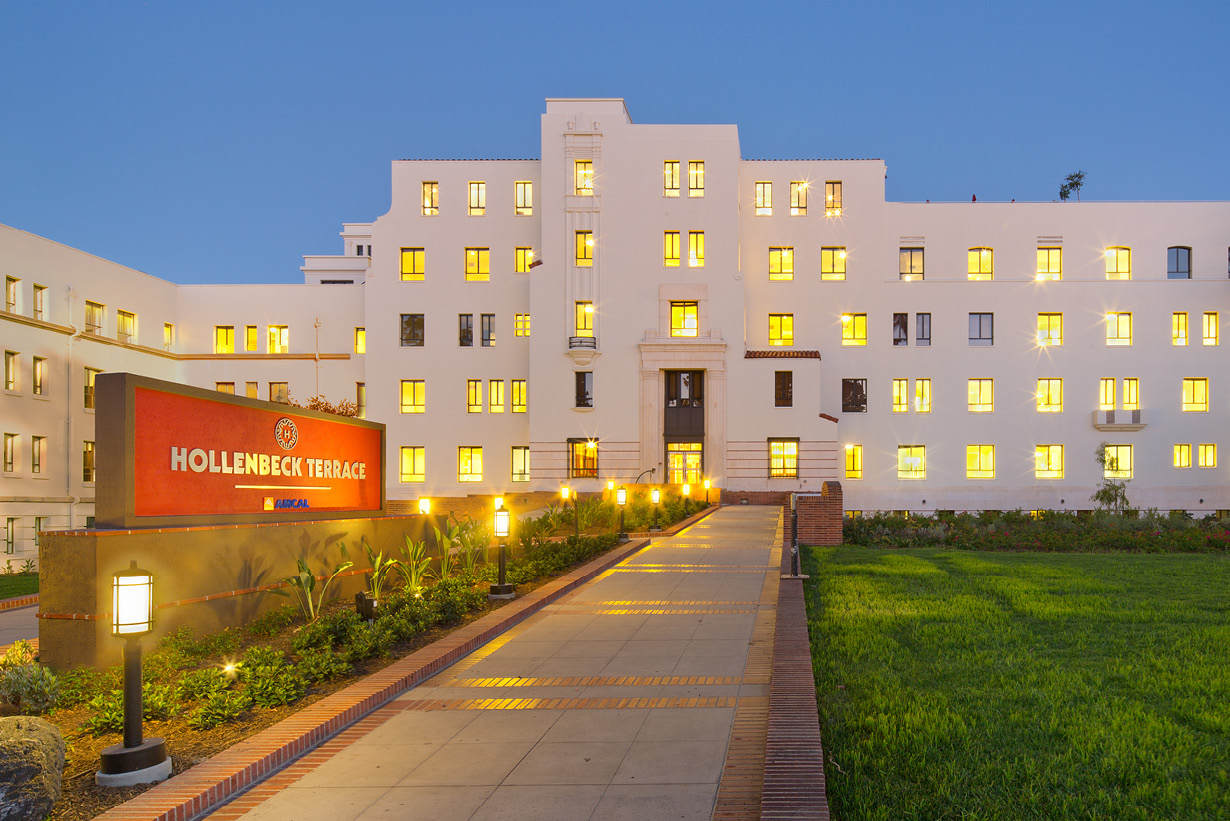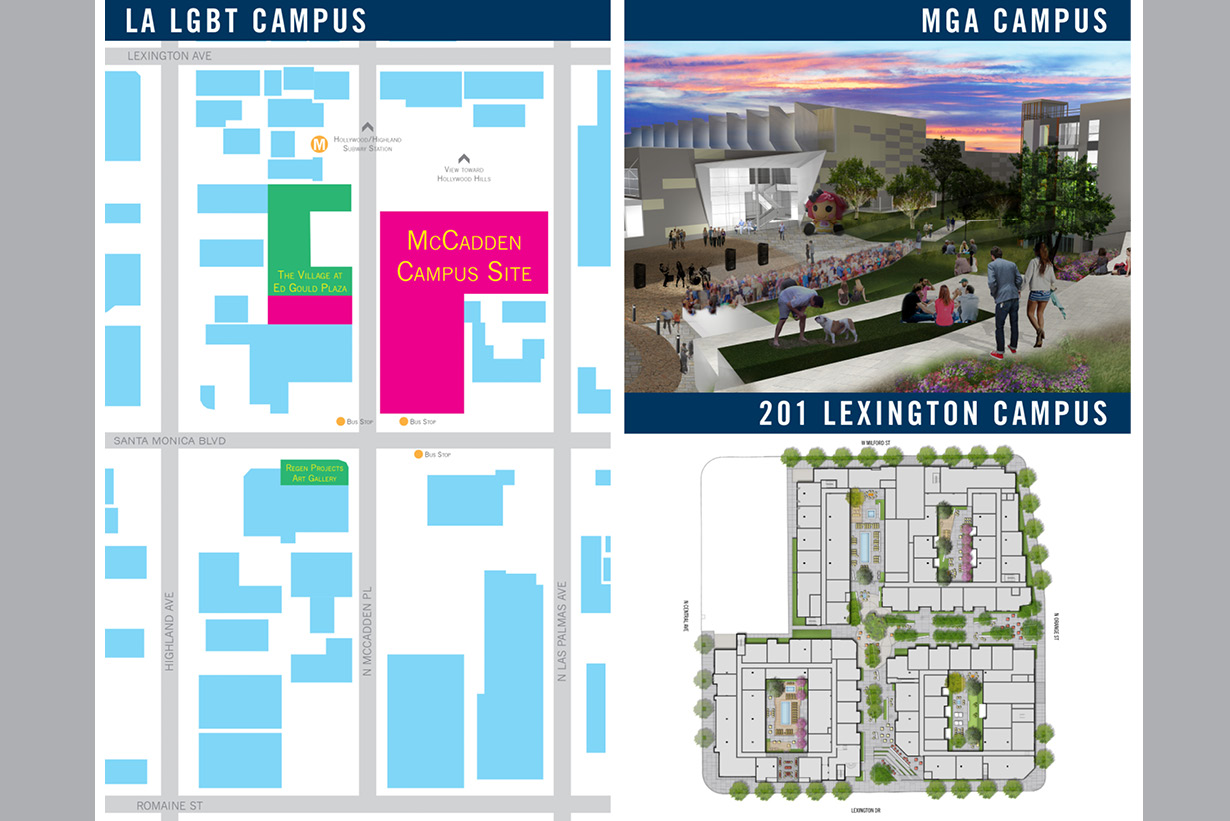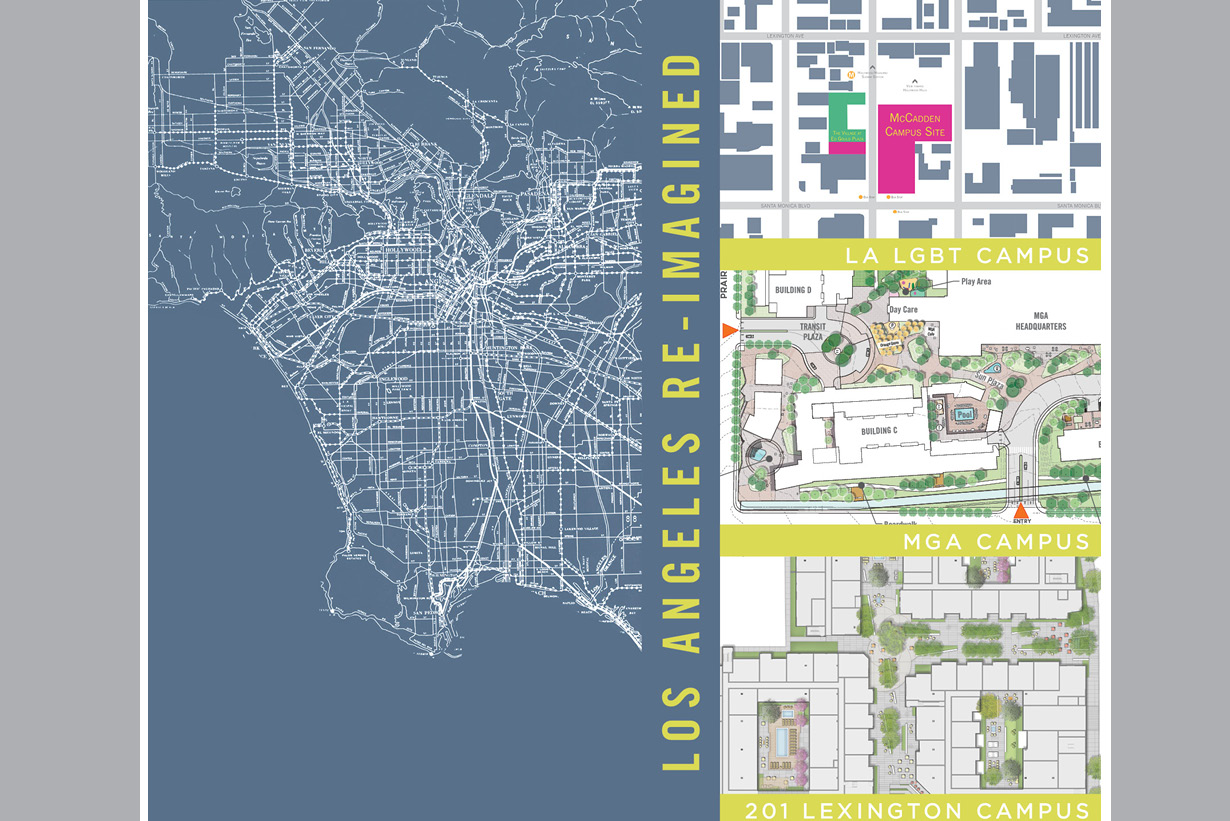1. How does the 201 Lexington Campus project play a part in reshaping/reimagining L.A.? New urban infill mixed-use apartment buildings like 201 Lexington play a critical role in bringing housing to job centers with a residual effect of reducing peak-hour automobile traffic and commuting times. Many residents that live in new housing in the heart […]
LATEST NEWS
KFA Moderates Adaptive Re-Use / Affordable Housing Panel Discussion at the 2015 SCANPH Conference
KFA moderated an important affordable housing discussion panel at the 2015 SCANPH Conference held at the JW Marriott hotel in Downtown Los Angeles last month. As an expert in adaptive reuse design, KFA Principal, John Arnold, AIA, lead the focused conversation on the topic of the conversion of underused commercial buildings into affordable housing projects. […]
2015: Another Award-Winning Year!
For 2015 Awards #KFA2015Awards #KFAis40 John C. Chase Creative Community Award West Hollywood Community Housing Corporation 375 La Cienega Blvd. WS Communities MGA Campus MGA North New Pershing Apartments Skid Row Housing Trust Ace Hotel Ace Hotels Janet L. Witkin Center Affordable Living for the Aging Broadwood Terrace Retirement Housing Foundation
Architecture Firm KFA Celebrates 40 Years of Design in Santa Monica – SANTA MONICA MIRROR
SPECIAL TO THE MIRROR KFA (Killefer Flammang Architects) recently celebrated its 40th anniversary of design excellence at an outdoor party held in its parking lot at Olympic Blvd. and 17th St. in Santa Monica. Friends, family, clients, and other well-wishers were in abundance – as were the food trucks that catered the event. The firm […]
EXPO-ADJACENT “KAUFMANN APARTMENTS AT STEP UP ON COLORADO” OPENS IN DOWNTOWN SANTA MONICA
By Jason Islas – Santa Monica Next http://www.santamonicanext.org/2015/09/expo-adjacent-kaufmann-apartments-at-step-up-on-colorado-opens-in-downtown-santa-monica/ Downtown Santa Monica is one of the few places in the city where any new housing gets built, including affordable housing. The Kaufmann Apartments at Step Up on Colorado is the latest project to open in the city’s thriving Downtown. The new building, located less than a […]
How I Made It: Architect Breathes New Life into L.A.’s Historic Core – LA TIMES
How I Made It: Architect Breathes New Life into L.A.’s Historic Core Wade Killefer By Roger Vincent The gig: Wade Killefer, who has always liked building things, has become one of the go-to architects for developers who want to convert historic buildings in downtown Los Angeles to new uses such as housing or hotels. Among […]
LOS ANGELES RE-IMAGINED: THE CAMPUS CHAPTER
Mayor’s Call for Housing At the Los Angeles Business Council’s 2014 Mayoral Housing, Transportation & Jobs Summit, Mayor Eric Garcetti challenged the City to build 100,000 new housing units and outlined new strategies to achieve this ambitious goal in an effort to address both population expansion and the increasing housing shortage. With LA County’s population […]
Reimaging LA: How campus projects are re-shaping Los Angeles
A Discussion with Stephen Burn, Project Manager, Los Angeles LGBT Center The Los Angeles LGBT Center is designing a new 183,700 SF campus to better meet the growing demand and need for the Center’s services. The campus will include 140 units of new housing for seniors and young adults, 100 beds for homeless youth, a […]
